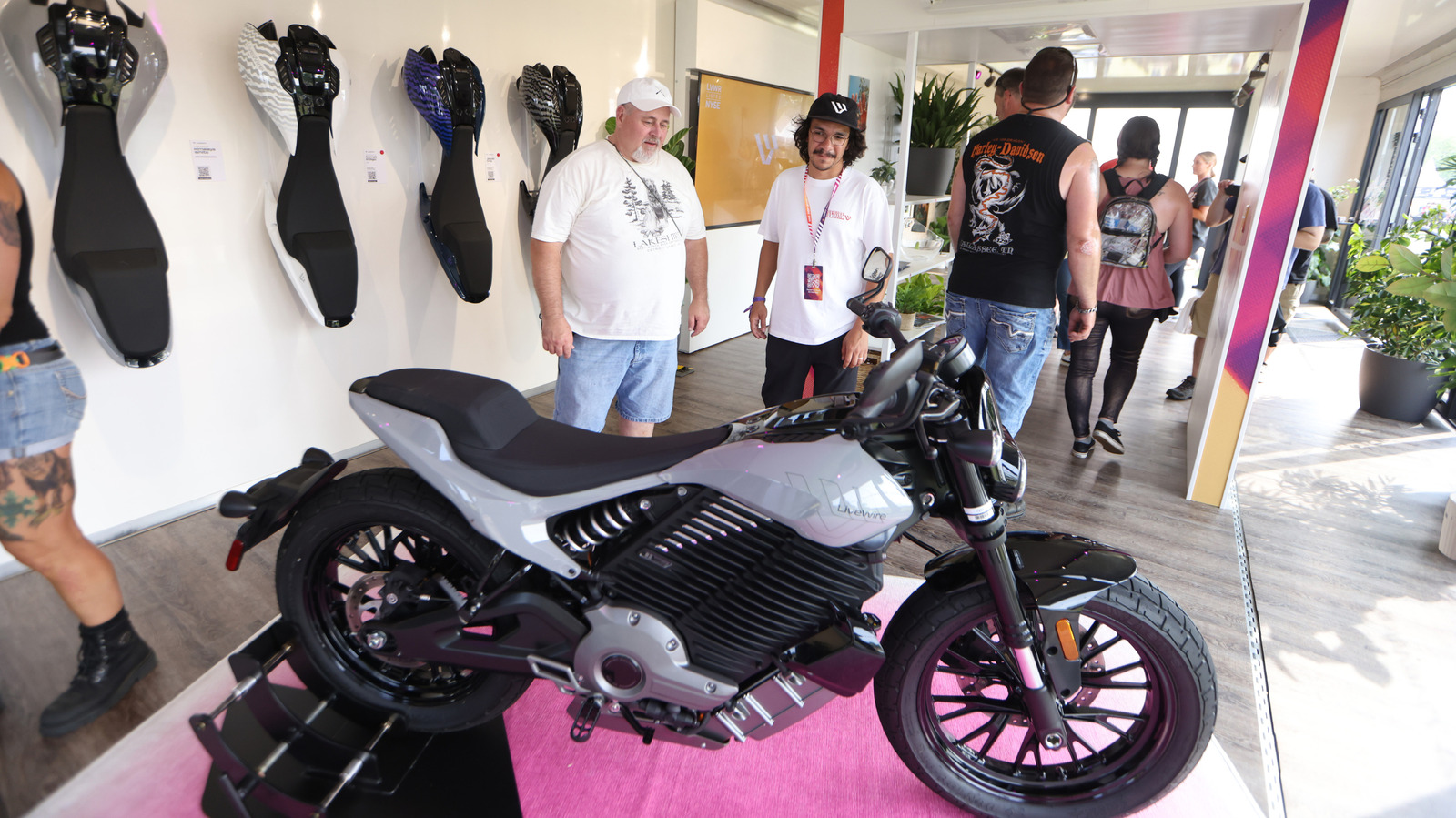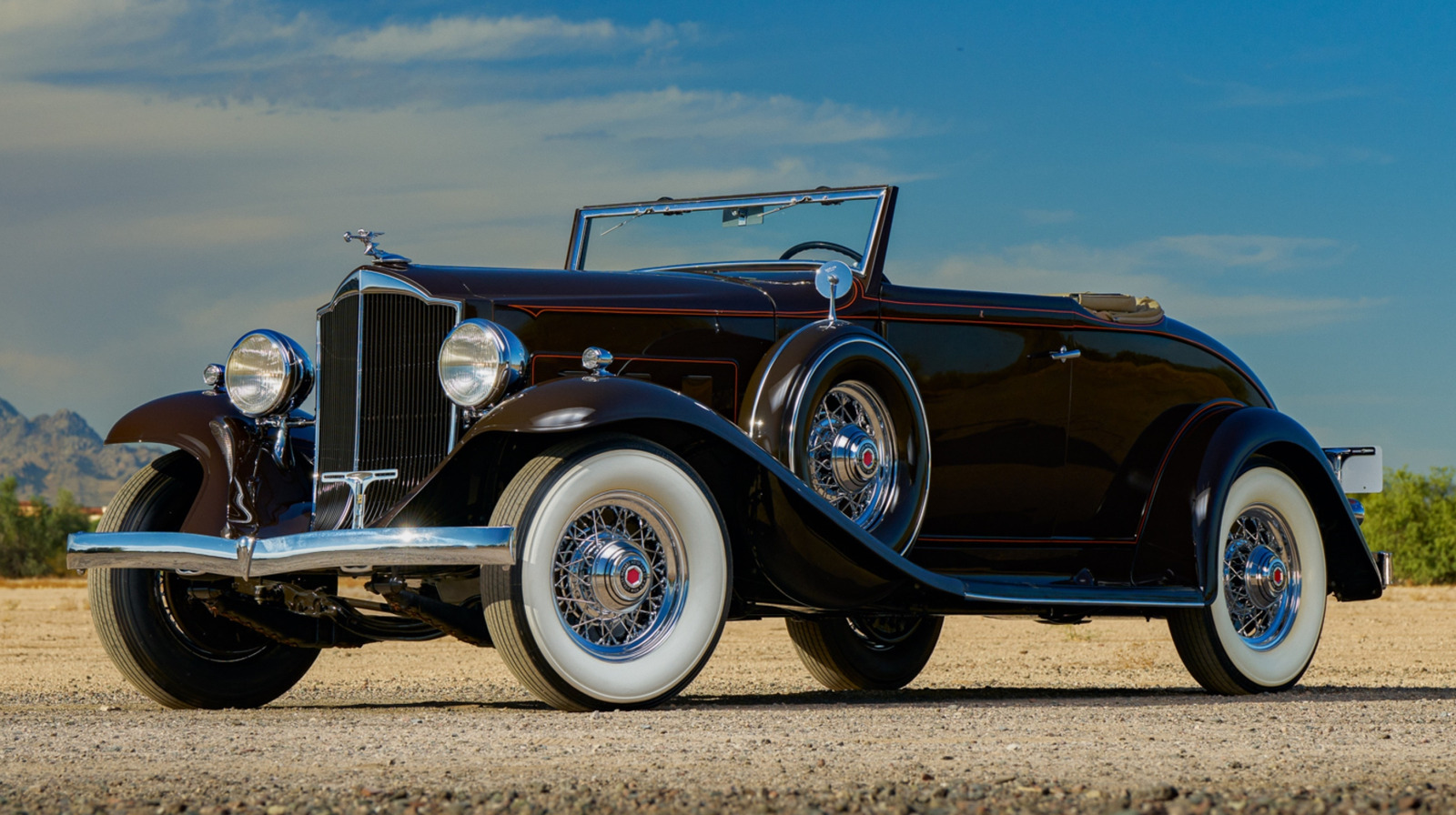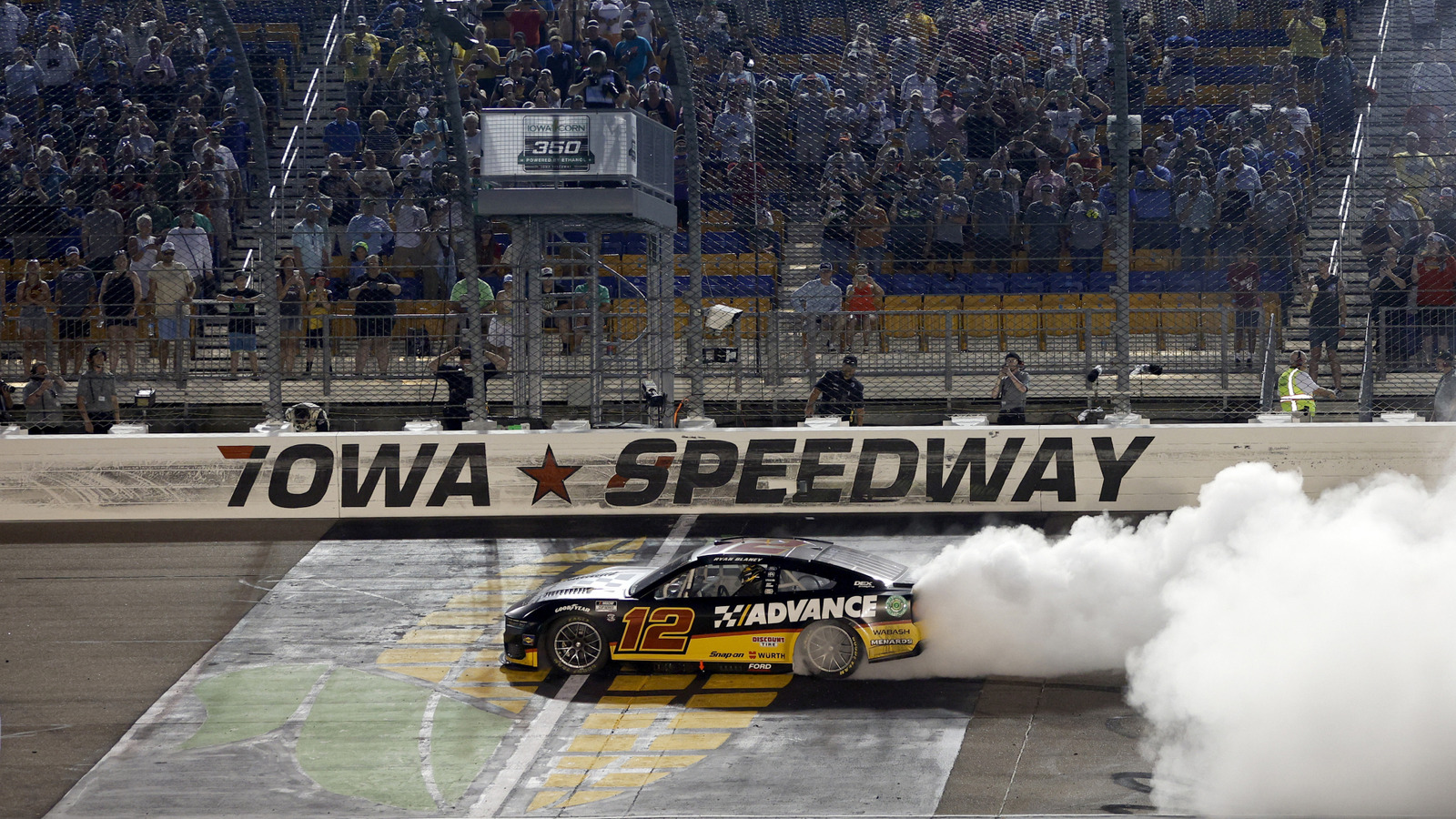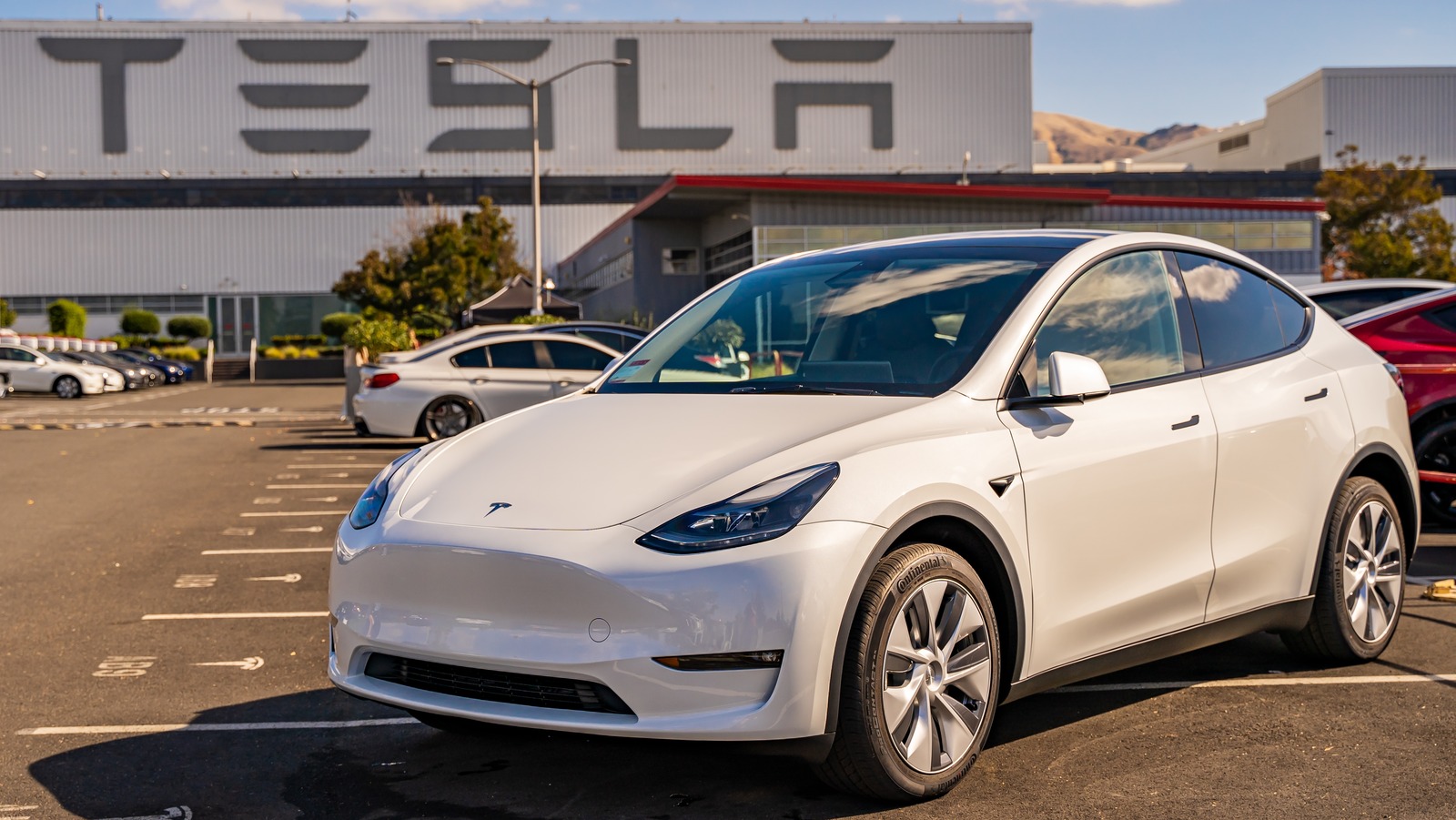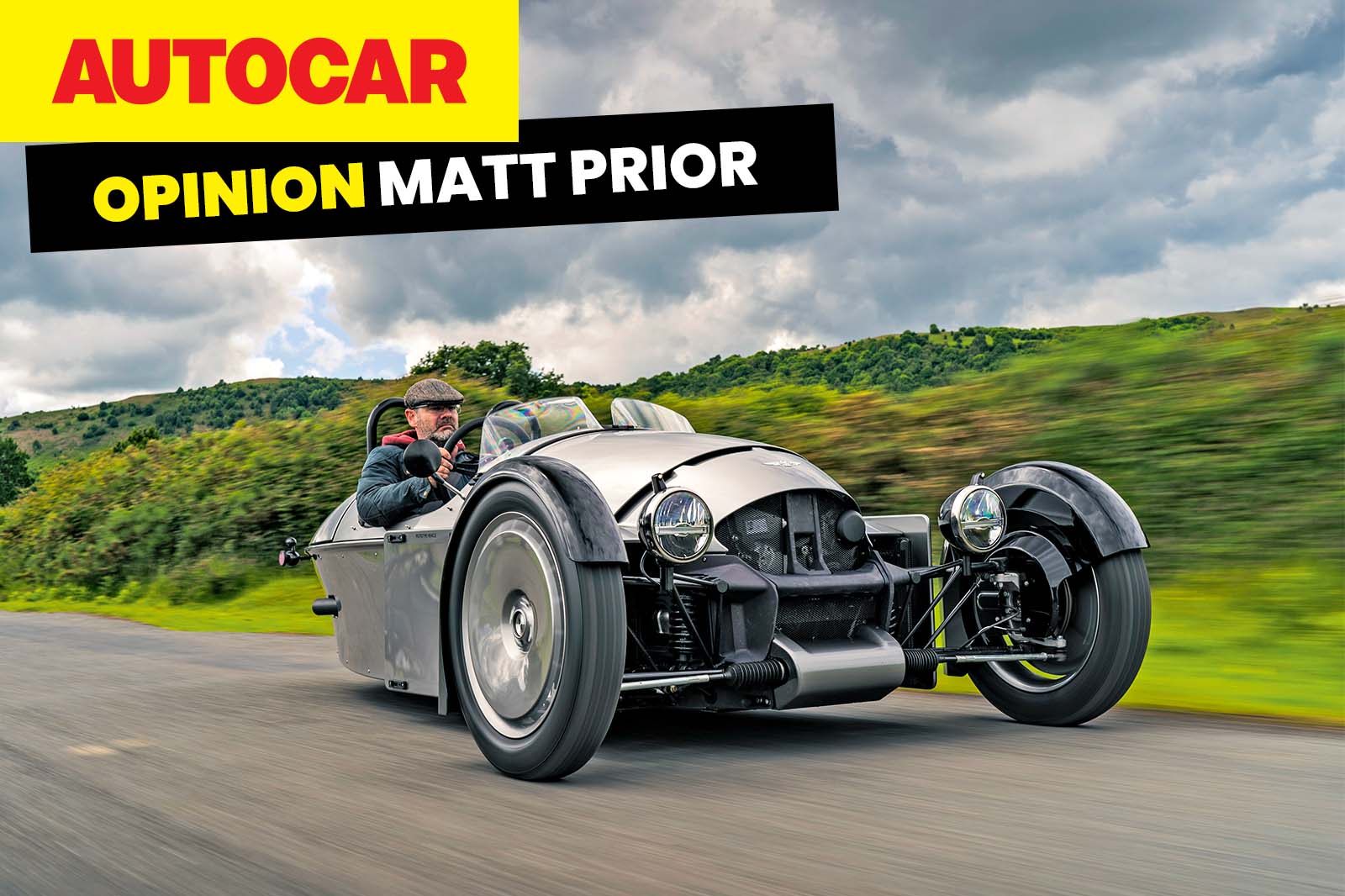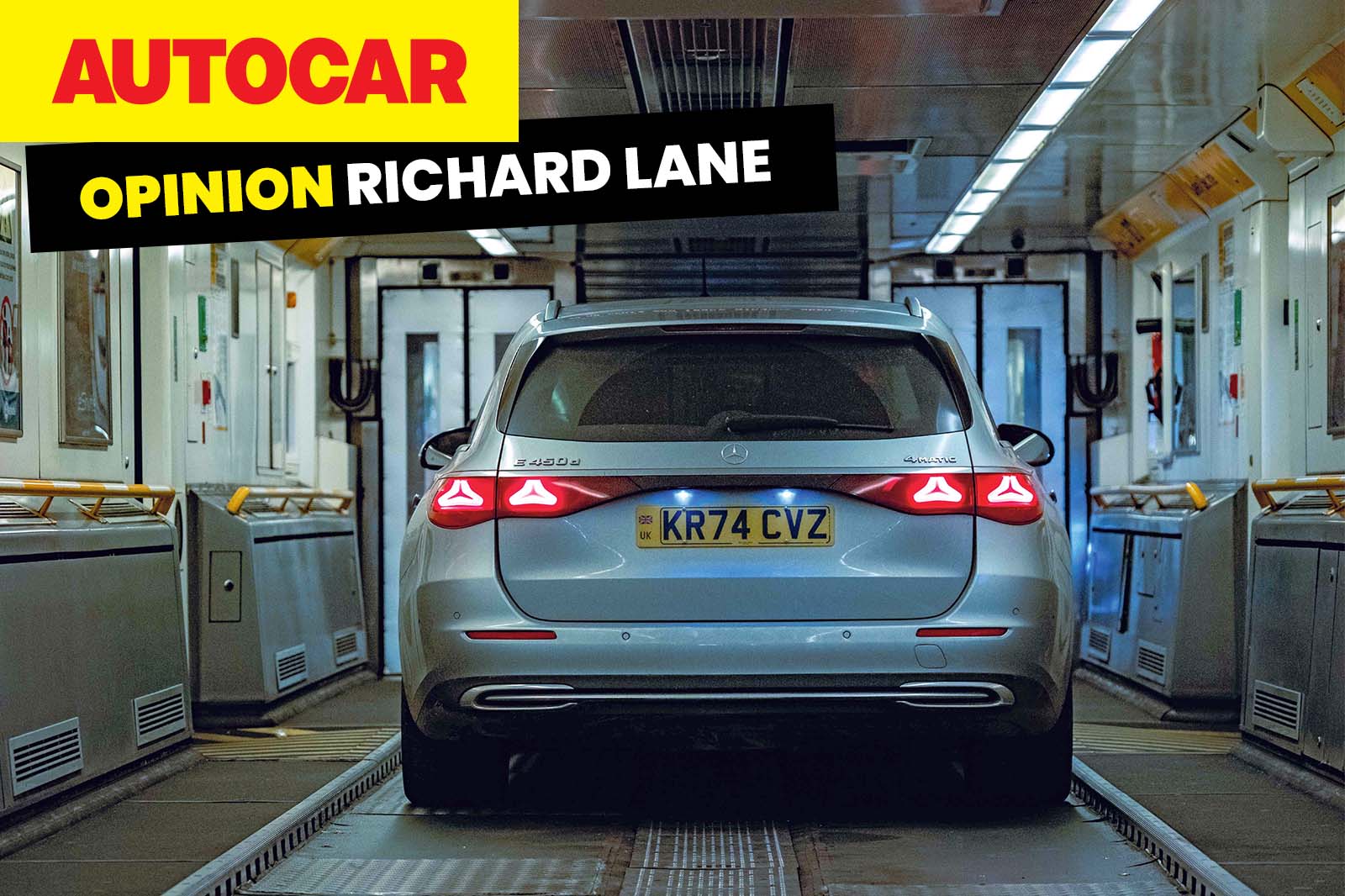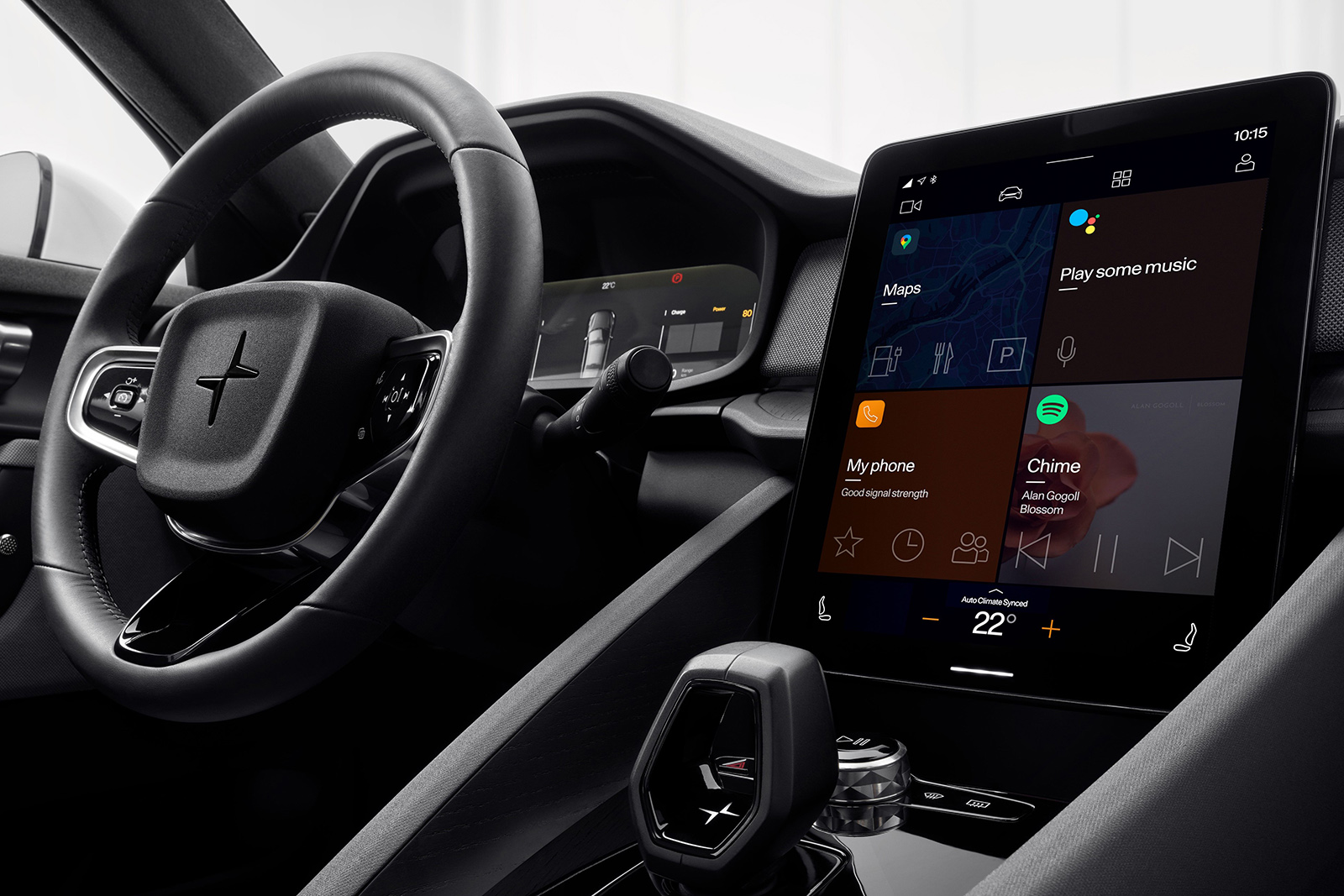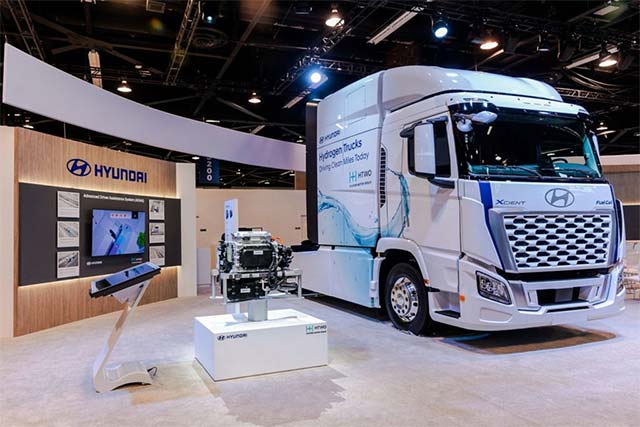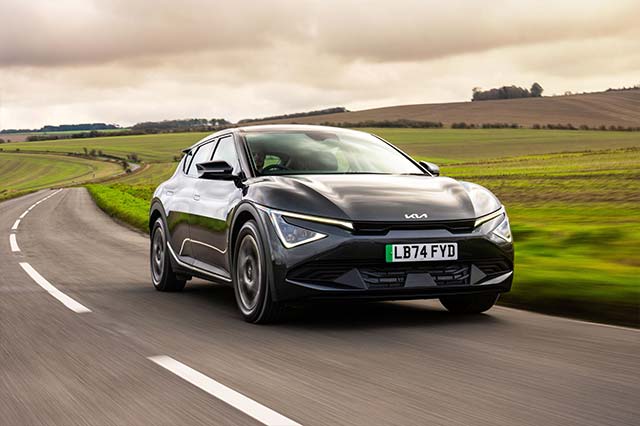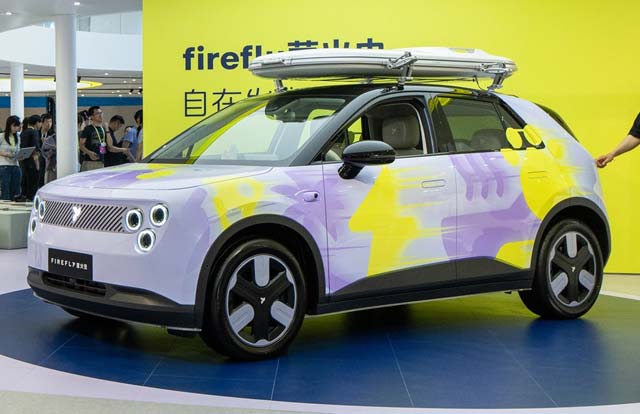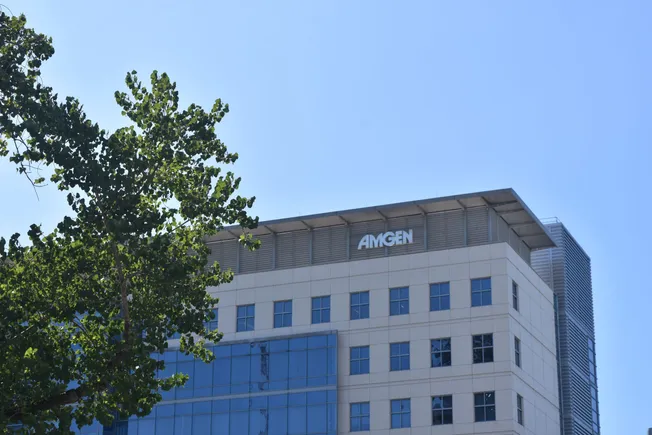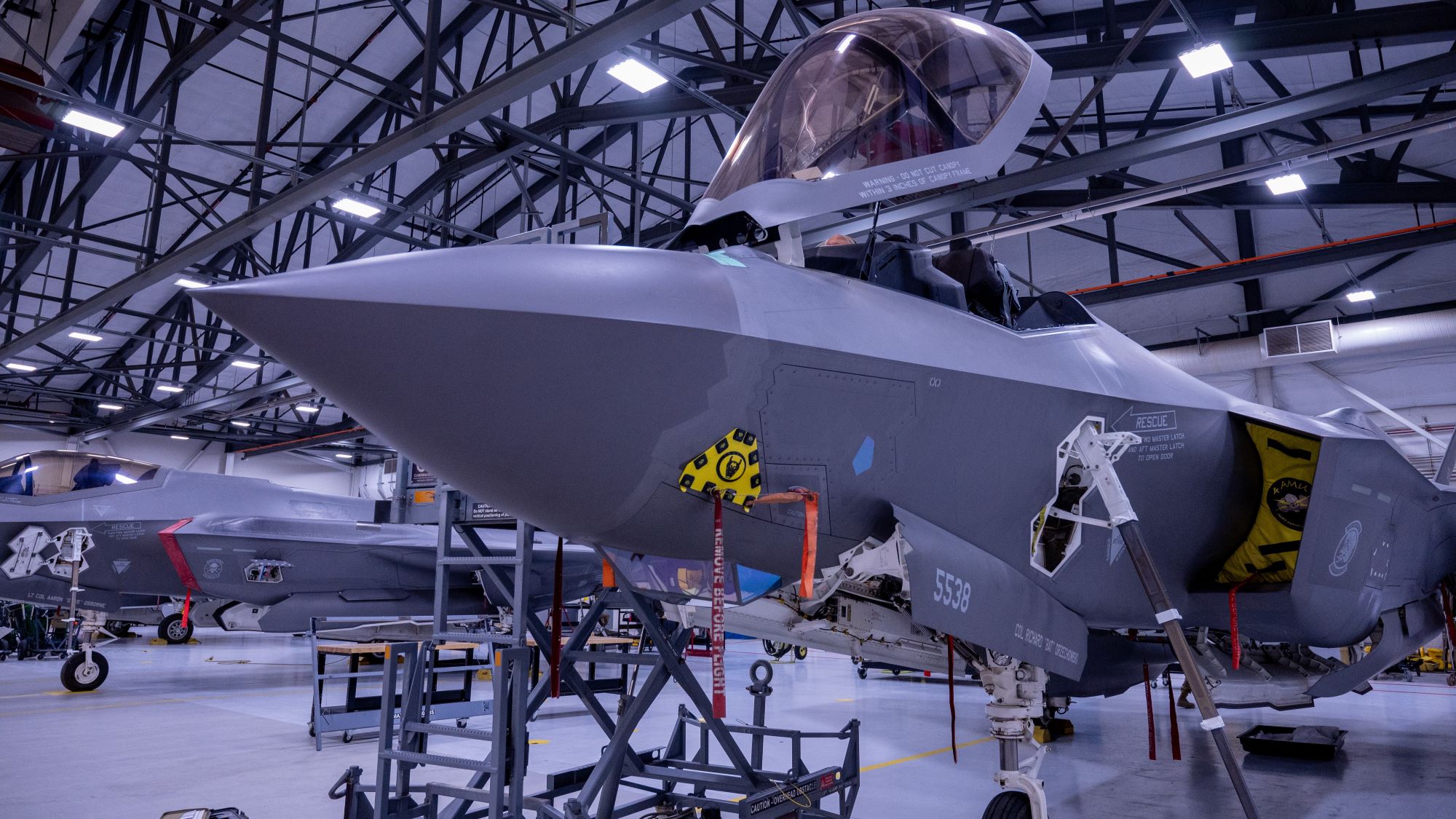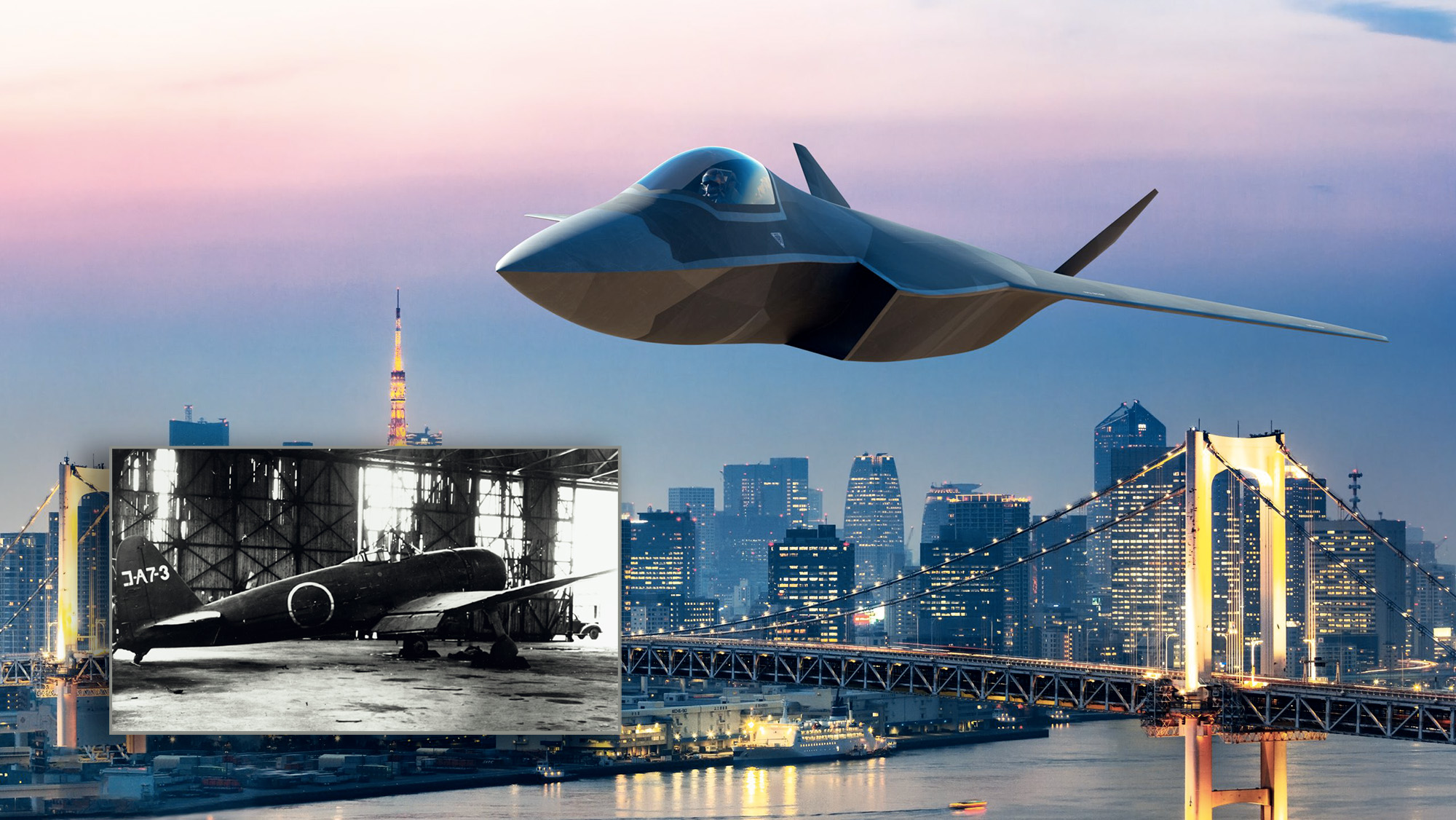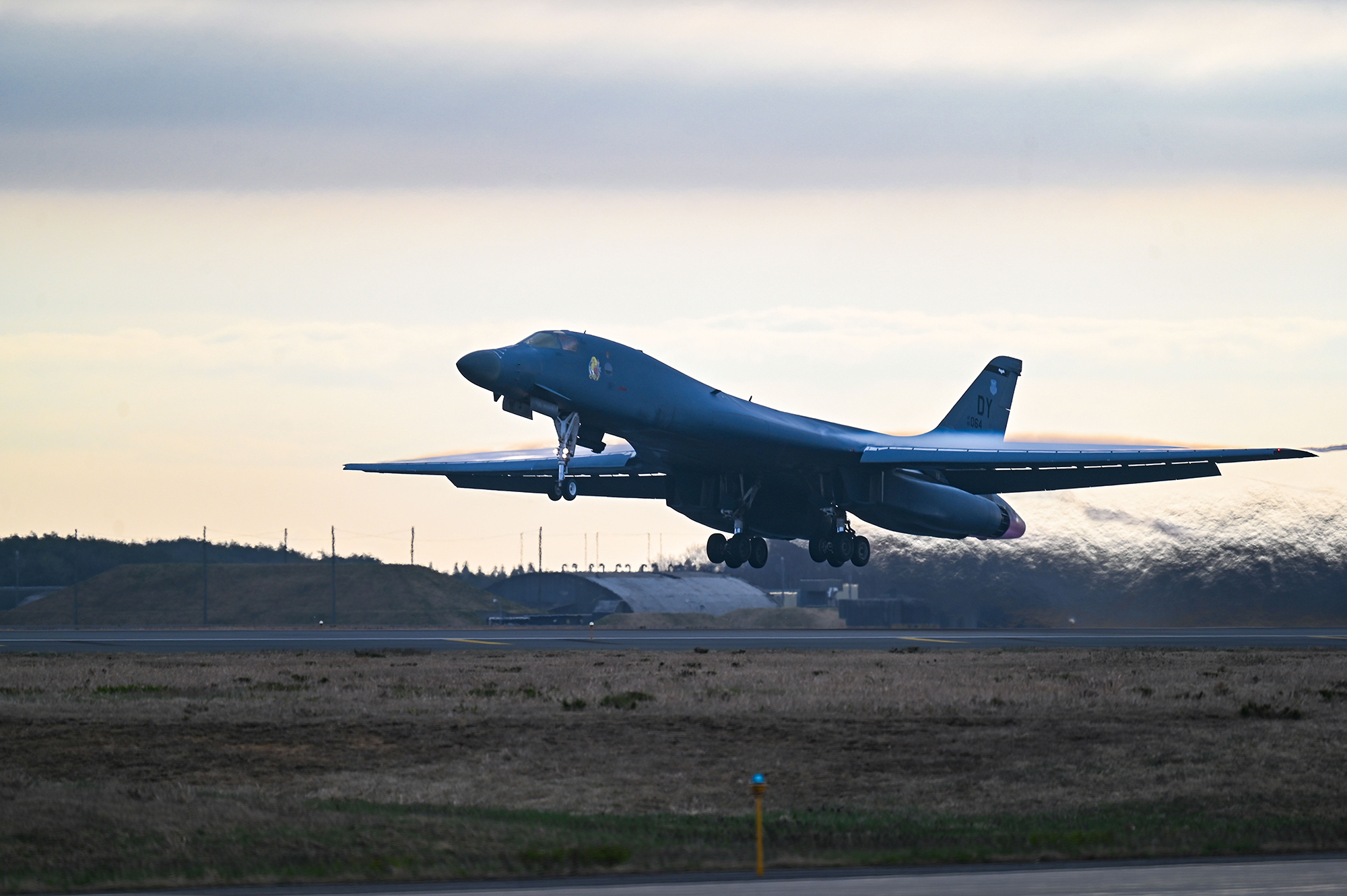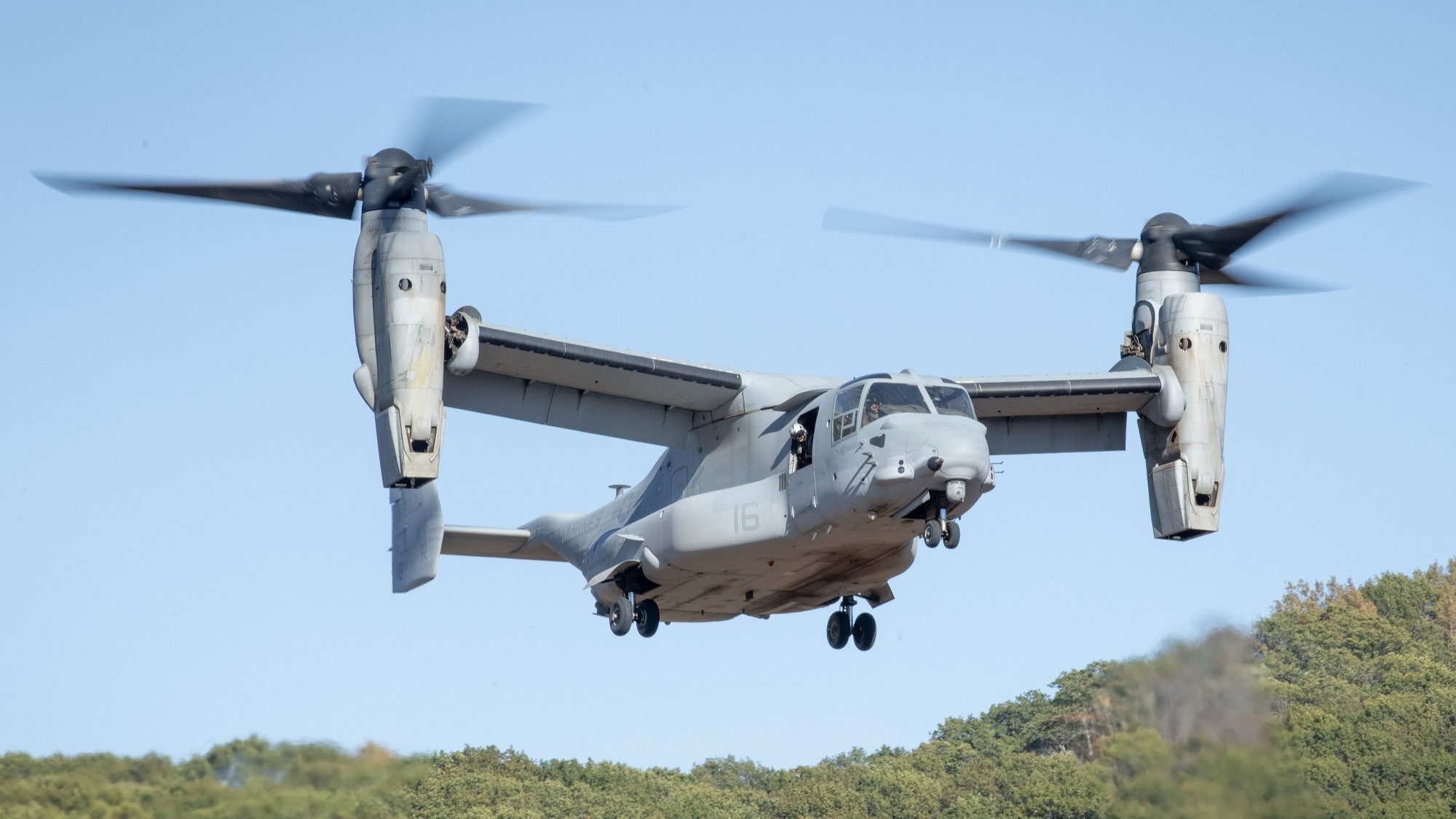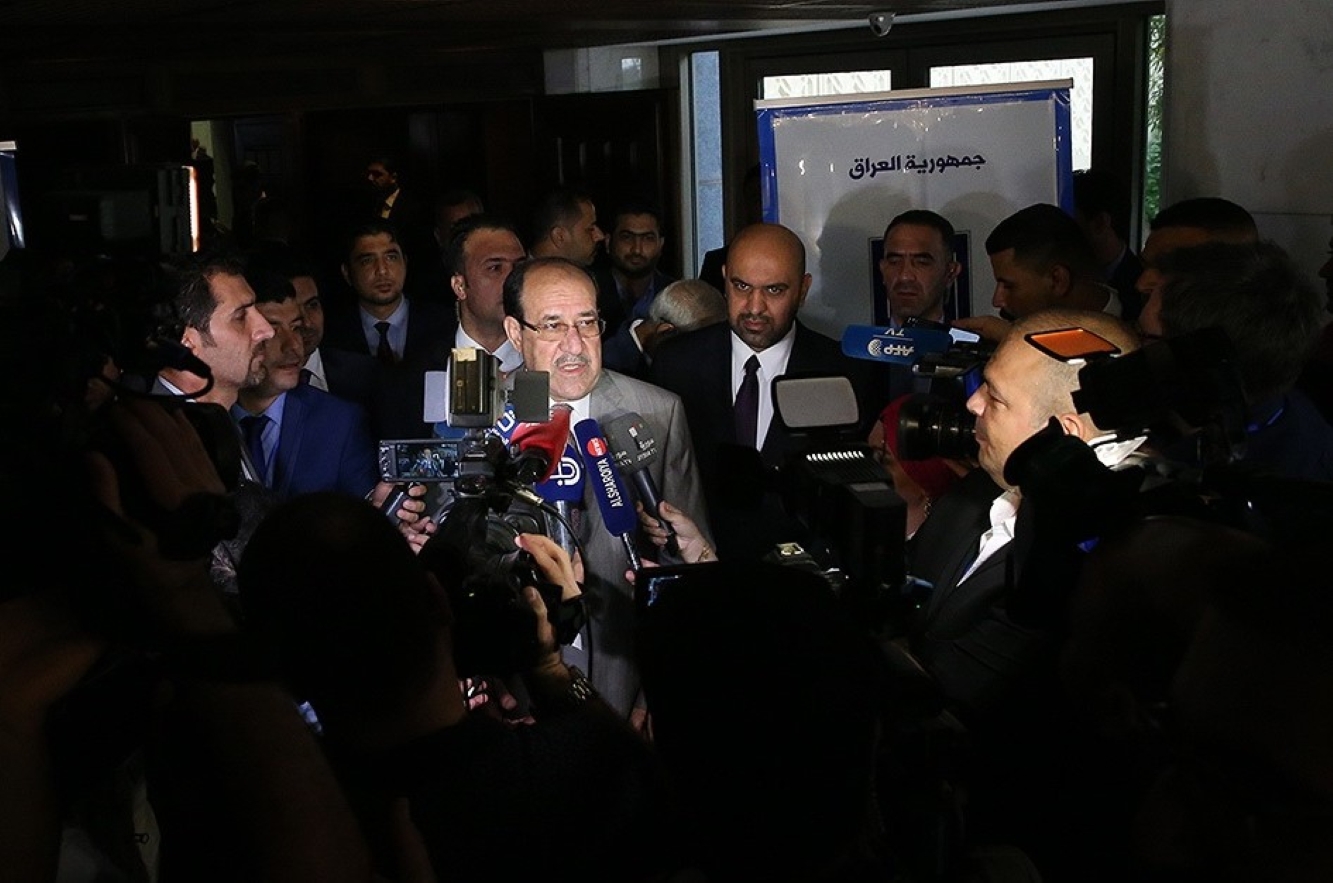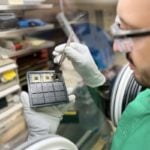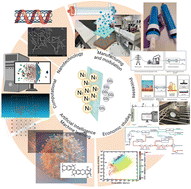Truck Tech goes to Anaheim for ACT Expo
Truck Tech went on location to dive into one of the largest events focused on advanced technology in the commercial vehicle industry. The post Truck Tech goes to Anaheim for ACT Expo appeared first on FreightWaves.


Truck Tech goes to Anaheim

ANAHEIM, California – Truck Tech went on location to dive into one of the largest events focused on advanced technology in the commercial vehicle industry. It was my first experience and it didn’t disappoint, there were nearly 12,000 people and over 500 vendors packed into the Anaheim Convention Center which included stages, workshops and the opportunity to drive everything from terminal tractors, vans, school buses to class 8 tractors. There was a Tesla Semi, but unfortunately participants could not drive, only ride in the back while a professional Tesla Semi driver ferried participants around the test course.
Expect press release writeups and special Truck Tech episodes in the coming weeks; I have been told this event is the equivalent of the commercial vehicle Super Bowl. This was reinforced with the huge influx of press releases leading up to and during the 4 day event.
The best way to explain the vibe would be to say that despite the federal government pulling back incentives and support for zero emissions technologies, there are still opportunities at the state, local and municipal levels for grants and partnerships. There are some winners and losers from this but the four way race between battery electric, hydrogen, natural gas and more efficient diesel has opened up now that the tide of EV focused federal incentives has for now gone out.
Below are some of my impressions.

Autonomous trucks hauling hype across all modes

Autonomous technology providers and OEM truck makers were on full display and multiple panels were focused on updates from either OEM’s upgrading their production ready autonomous vehicles or the technology companies showing off their virtual driver. Volvo showcased its Volvo Autonomous Solutions (VAS) VNL equipped with the Aurora Driver. The autonomous VNL showcased at ACT was the production ready version with all the critical safety and redundancy features built in.
For now, VAS has a partnership with Waabi and Aurora Innovation for the virtual driver to power the autonomous truck. Volvo is deploying their autonomous VNL with Uber Freight and DHL hauling shipments via Autona/freight its trucks as a service offering between Dallas and Houston with a safety driver.
The big topic was driverless out, shorthand for operation without a safety driver. Plus.ai highlighted its ongoing progress towards completing its safety case, partnerships with Hyundai for an autonomous fuel cell electric truck, and its milestone in driverless safety maneuver testing.
Aurora Innovation had a booth but its big announcement came Thursday via a press release showing off its driverless out milestone which came after it completed its safety case. Aurora was the elephant in the autonomous room due to the company’s highly publicized plans to launch driverless out in April. The truck that became the first fully driverless heavy duty truck on a public road appears to be a Peterbilt 579 equipped with the Aurora Driver but the logo was obscured.
Gatik had a large booth and spoke at a panel about its recent updates in the medium duty middle miles space. The company talked about set routes and lanes with customers like Walmart and Tyson Foods while targeting highway & semi/urban DC-hub-store, and shorthaul nodes under 400 miles. Compared to the over-the-road segment, the middle mile short haul with AV box trucks is a separate but lucrative niche, with Gatik focusing on expanding volumes in existing nodes compared to expanding to cities and states like the heavy duty class 8 AV segment. Gatik has over 100 trucks involved with daily operations across all of their customers.
In the first and last mile, Forterra and its OEM partner Kalmar showcased an electric autonomous terminal tractor. Smaller locations like a distribution center drop yard have innate advantages for both autonomous and EV, namely you don’t have to go very far to navigate and charge.
I think an early takeaway for these tests is to understand these are so far limited deployments in the long haul space. Volvo has a handful autonomous VNL tractors in operation, and Kodiak had two RoboTrucks equipped with their virtual driver when they announced back in January.
The big question is which stage of the supply chain will commercialize and adopt the fastest. There’s plenty of opportunity but the first and last mile yard operations paired with medium duty middle mile which appear to be gaining greater adoption with shippers that have large private fleets. The long haul middle mile for now more closely resembles linehaul LTL with a hub and spoke approach has autonomous middle mile shipments paired with a local driver for the first and last mile.
Battery electric releases goes on display

Battery electric vehicles were everywhere, from personal to commercial, vans, box trucks, light, medium and heavy duty and construction equipment. I would need another 1000 words to detail each one but I’ll highlight the heavy duty truck space and its infrastructure to keep it brief. For those who want an idea of the variety, here’s a link to what you could ride or drive at the event.
PACCAR was one of the big releases, with its Kenworth and Paccar brands announcing the release of battery electric class 8 tractors and industry first vocational vehicles. I’ll dive into the specs in separate articles but can say that for short haul, drayage and construction applications these vehicles have a bright electric future. Having driven the Kenworth EVs earlier in April at the PACCAR Technical Center in Mount Vernon, WA the ride quality and lack of noise are notably better compared to a diesel engine.
The medium duty space had Harbinger who announced Panasonic Energy as the provider for its lithium-ion battery cells for its electric chassis. Initially Panasonic Energy is supplying Harbinger with Japanese manufactured cells but in the future the companies are looking to utilize Panasonic’s De Soto, Kansas manufacturing facility to create the first battery pack assembly that is fully U.S. sourced.
Terminal Tractors were also showcased with Kalmar Ottawa announcing it has begun sales of the OT2 EV electronic terminal tractor. Kalmar has been using EV TTs for years but an added twist is Kalmar announcing its autonomous version of the EV powered by Forterra, called the AutoTT.
For hybrid drivetrains, ReVolt Motors had its class 8 extended-range electric truck estimated at 40% fuel and emissions savings with a 1,200 miles range. The dual powertrain has a compact generator and regenerative braking system that can assist the diesel engine via extra power depending on the needs.
I’ll save the electric charging infrastructure, hydrogen and natural gas observations for another newsletter due to length constraints.
Most recent episode
The post Truck Tech goes to Anaheim for ACT Expo appeared first on FreightWaves.










